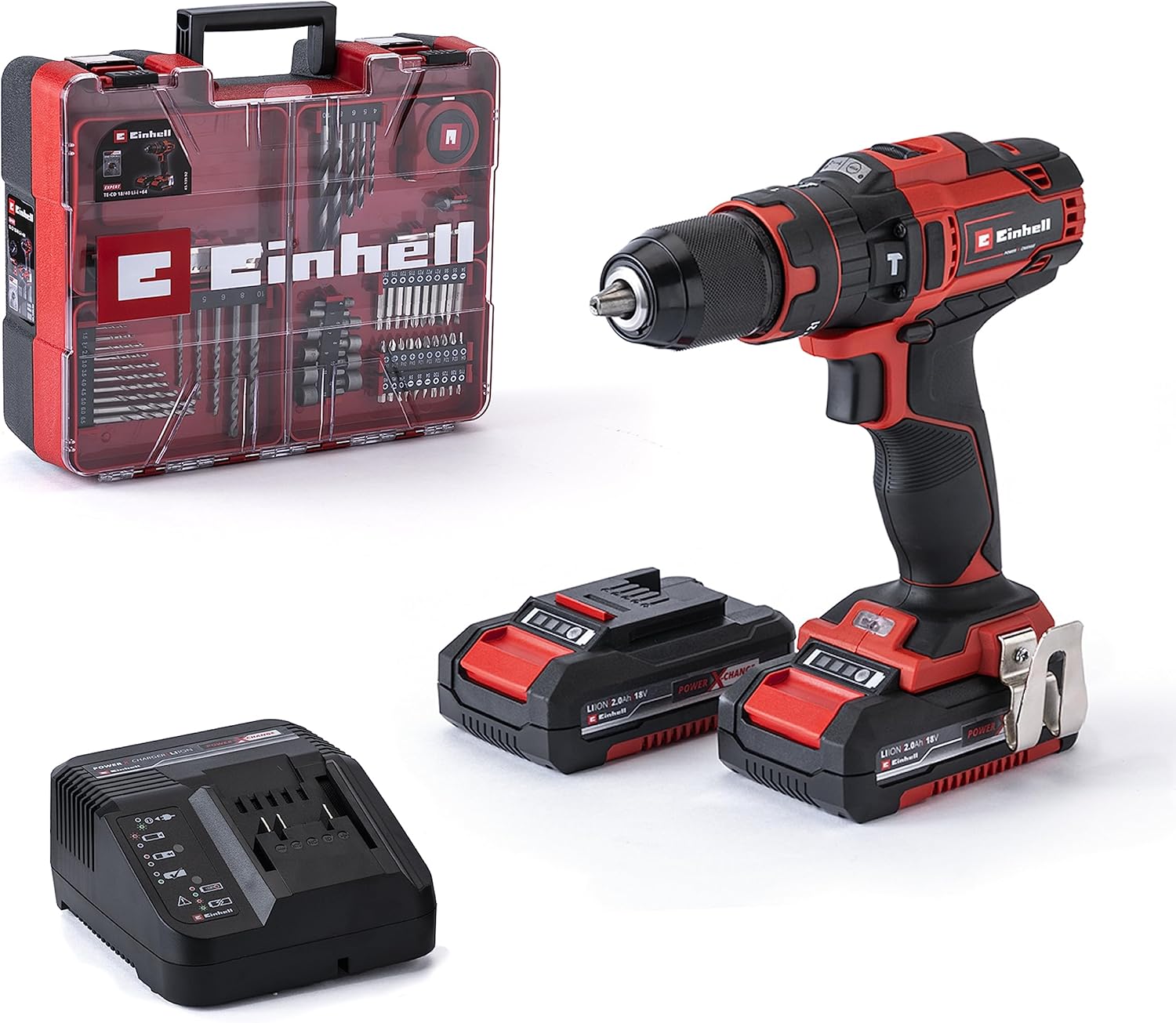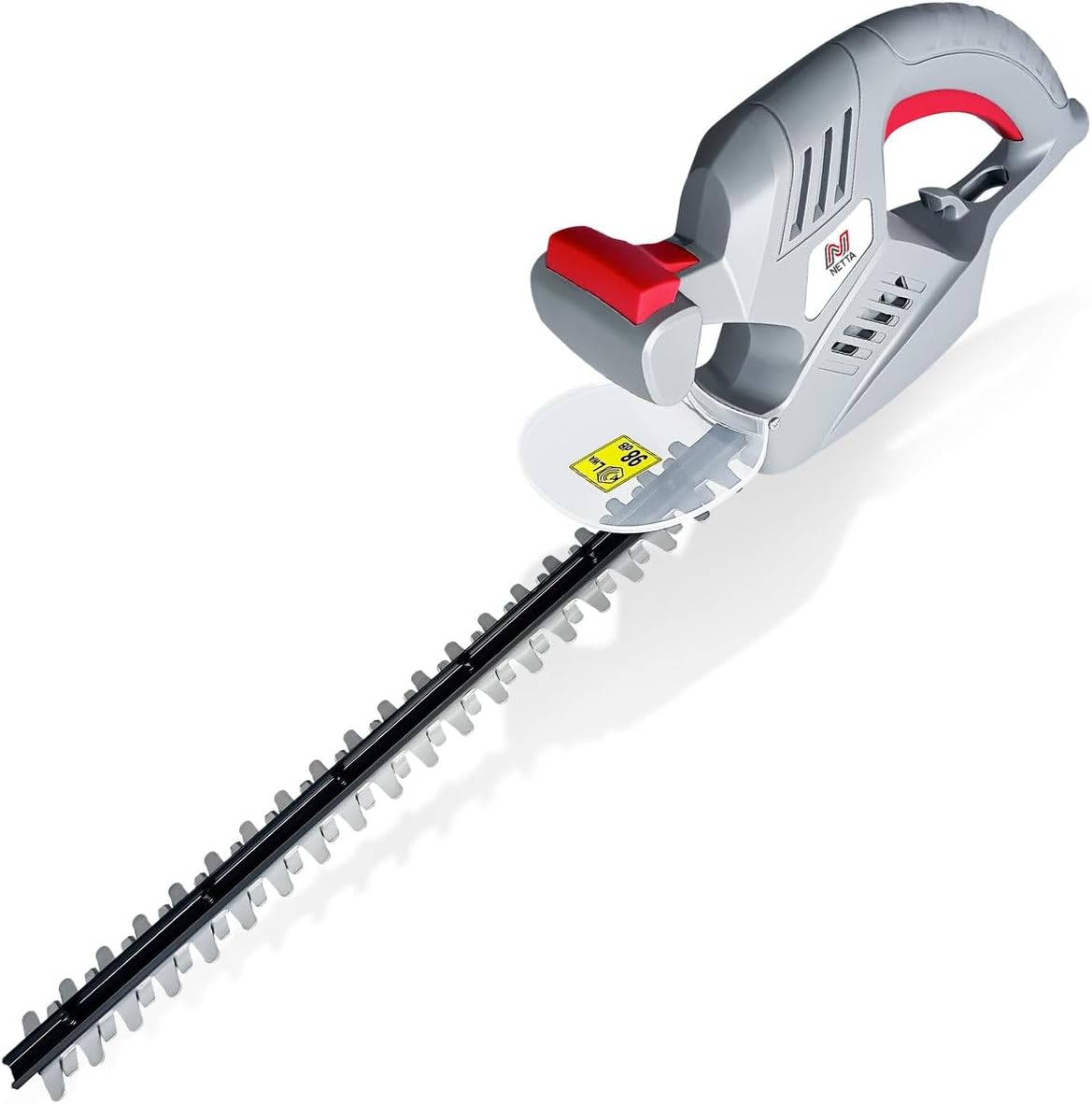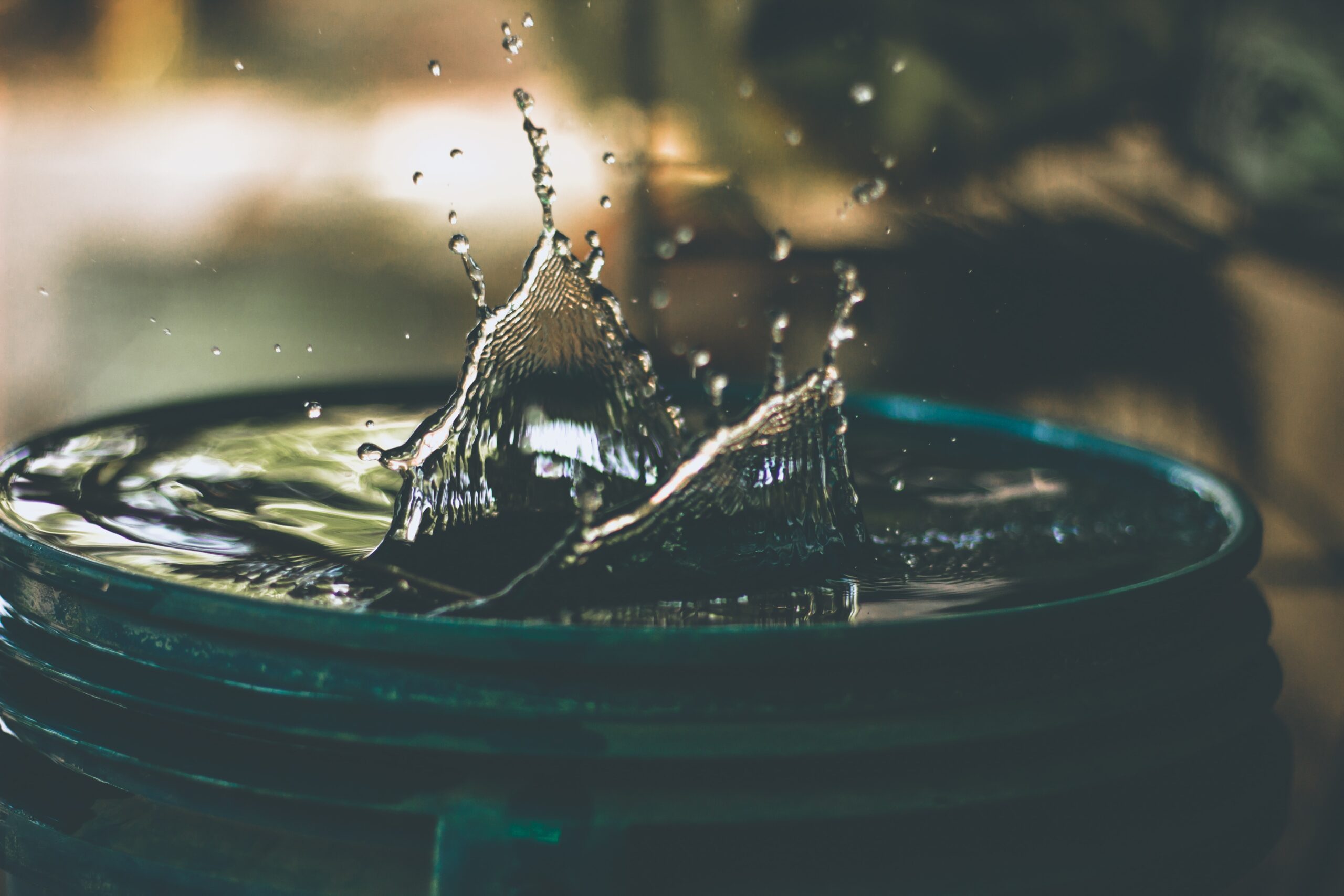
Imagine a world where you’re no longer concerned about surface water pooling in your yard after a heavy rainstorm. No more soggy lawns or flooded driveways to deal with. Sounds like a dream, right? Well, we’ve got good news for you – there’s a solution! In this article, we’ll be exploring the best drain options for effectively managing surface water. Say goodbye to the hassle of standing water and hello to a dry, functional outdoor space. So, let’s dive in and discover the key to a water-free yard!
Types of Surface Water Drains
When it comes to managing surface water, there are several types of drains to choose from. Each type has its own set of characteristics and benefits. Understanding the different options can help you determine the best drain for your specific needs.
Perimeter Drains
Perimeter drains are designed to collect water along the perimeter of a structure, such as a building or a yard. These drains are typically installed around the foundation of a building to prevent water from seeping into the basement or crawl space. Perimeter drains are effective at controlling the water flow within a controlled area and redirecting it away from the structure.
French Drains
French drains are a popular choice for managing surface water. This type of drain consists of a perforated pipe surrounded by gravel or rock. The drain is installed below the ground surface to create a pathway for water to flow away from an area of concern. French drains are commonly used to alleviate drainage issues in yards, gardens, and low-lying areas. They are particularly effective at preventing water accumulation and eliminating standing water.
Catch Basins
Catch basins, also known as stormwater basins, are an essential component of many drainage systems. A catch basin is a basin-like structure that collects water from surrounding surfaces, such as roads, parking lots, and driveways. The water is then directed into a system of pipes that transport it to a suitable discharge point. Catch basins are designed to filter out debris and sediments, preventing them from entering the drainage system and causing blockages.
Trench Drains
Trench drains, also known as channel drains, are long and narrow drains that are commonly found in areas with heavy foot traffic or where surface water needs to be efficiently managed. These drains consist of a trench or channel with a grated or slotted cover. They are typically installed in areas such as sidewalks, driveways, and patios to collect and divert water away from these surfaces. Trench drains are an effective solution for preventing water runoff and reducing the risk of slips and falls.
Factors to Consider
When choosing the best drain for surface water, there are several factors to consider. Assessing each factor can help you make an informed decision and select the drain that best meets your needs.
Drainage Capacity
The drainage capacity of a drain refers to its ability to handle the volume of water that needs to be drained. It is important to consider the average rainfall in your area and the surface area that needs to be drained. A drain with a higher drainage capacity will be able to handle larger volumes of water without becoming overwhelmed.
Materials
The materials used in the construction of a drain can have a significant impact on its durability and effectiveness. Common materials for drains include plastic, concrete, and metal. Plastic drains are lightweight and easy to install, but they may not be as durable as other materials. Concrete drains are sturdy and long-lasting, but they can be more difficult to install. Metal drains, such as stainless steel or cast iron, are highly durable but may be more expensive.
Installation Ease
Consider the ease of installation when choosing a drain. Some drains require professional installation, while others can be easily installed as a DIY project. If you are not comfortable with DIY projects or if the drain requires extensive excavation, it may be best to hire a professional to ensure proper installation.
Maintenance
All drains require some level of maintenance to ensure proper functioning. Consider the maintenance requirements of a drain before making your decision. Some drains may require regular cleaning to remove debris and prevent blockages, while others may have self-cleaning mechanisms. It is important to choose a drain that fits your maintenance capabilities and schedule.
Cost
Cost is an important consideration when selecting a drain. The cost of a drain can vary depending on factors such as materials, size, and installation requirements. It is important to consider both the initial cost of the drain and any potential long-term costs associated with maintenance and repairs.
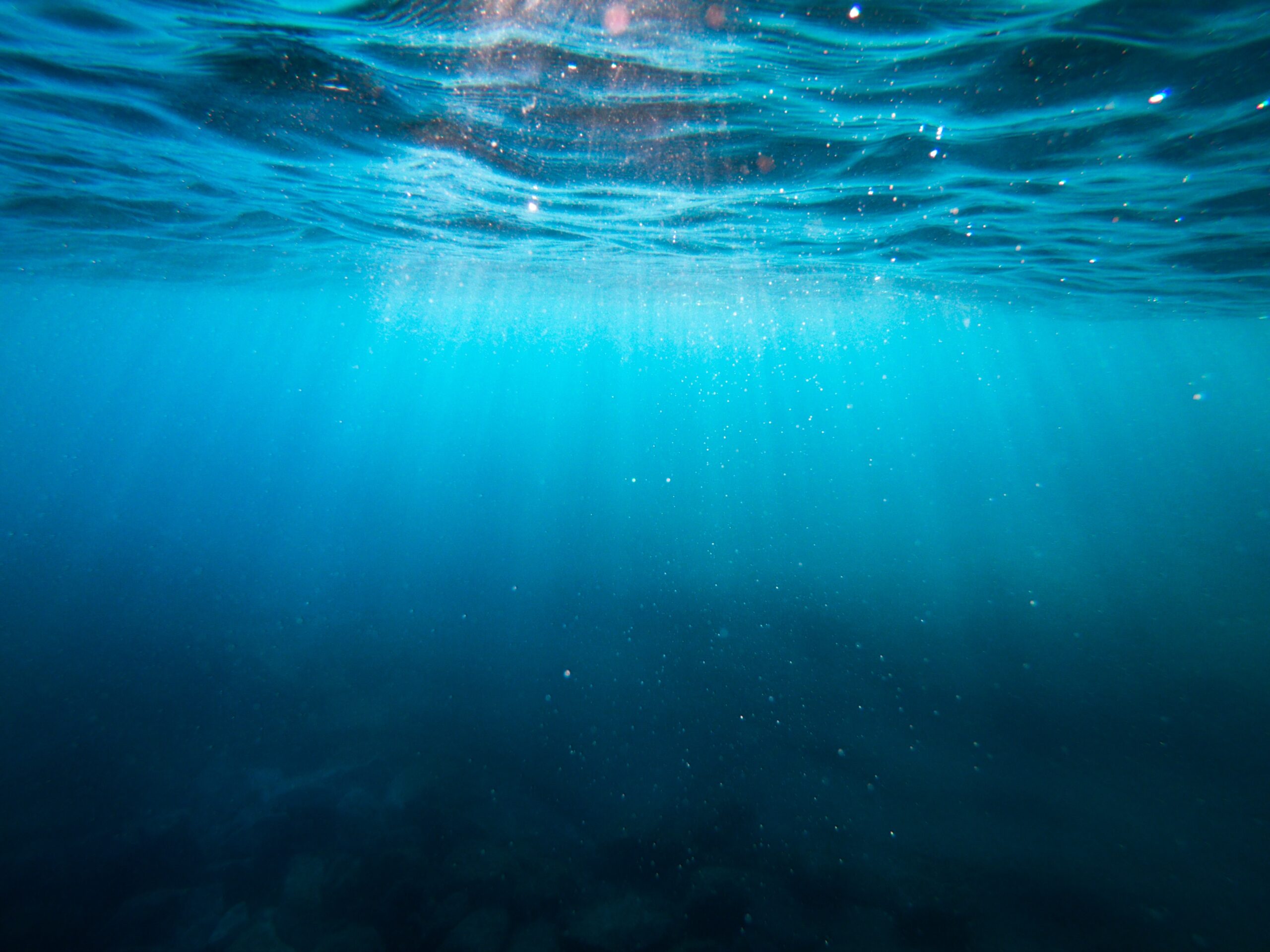
Perimeter Drains
Functionality
Perimeter drains are designed to collect water that accumulates around the perimeter of a structure. They are typically installed below ground level and along the foundation of a building. Perimeter drains prevent water from seeping into the foundation, basement, or crawl space of a structure, protecting it from water damage. These drains redirect the collected water away from the structure, ensuring proper drainage and minimizing the risk of water-related issues.
Installation Process
The installation process of a perimeter drain involves excavating a trench along the perimeter of the structure and placing a perforated pipe in the trench. The pipe is then covered with gravel or rock to allow for proper water filtration. The trench is then backfilled with soil, ensuring that the drain remains below ground level.
Pros and Cons
Perimeter drains offer several benefits. They effectively collect and redirect water away from structures, preventing water damage. They are durable and require minimal maintenance. However, the installation of perimeter drains can be complex and may require professional assistance. Additionally, they may not be suitable for all landscapes or locations.
French Drains
Functionality
French drains are designed to alleviate surface water issues by creating a path for water to flow away from an area. They are commonly used to combat drainage issues in yards, gardens, and low-lying areas. French drains collect and redirect water by utilizing a perforated pipe surrounded by gravel or rock. The pipe is installed below the ground surface, allowing water to flow into it and be carried away from the area.
Installation Process
The installation process of a French drain involves excavating a trench, similar to the perimeter drain. The trench is then lined with a permeable landscape fabric to prevent soil from clogging the drain. A perforated pipe is placed in the trench, ensuring proper slope for water flow. The pipe is covered with gravel or rock to allow for water filtration, and the trench is then backfilled with soil.
Pros and Cons
French drains offer several advantages. They effectively eliminate standing water and prevent water accumulation in yards and gardens. They are relatively easy to install and require minimal maintenance. However, the effectiveness of French drains heavily relies on proper installation and the correct choice of materials. Improper installation can lead to water leaks or clogging issues.
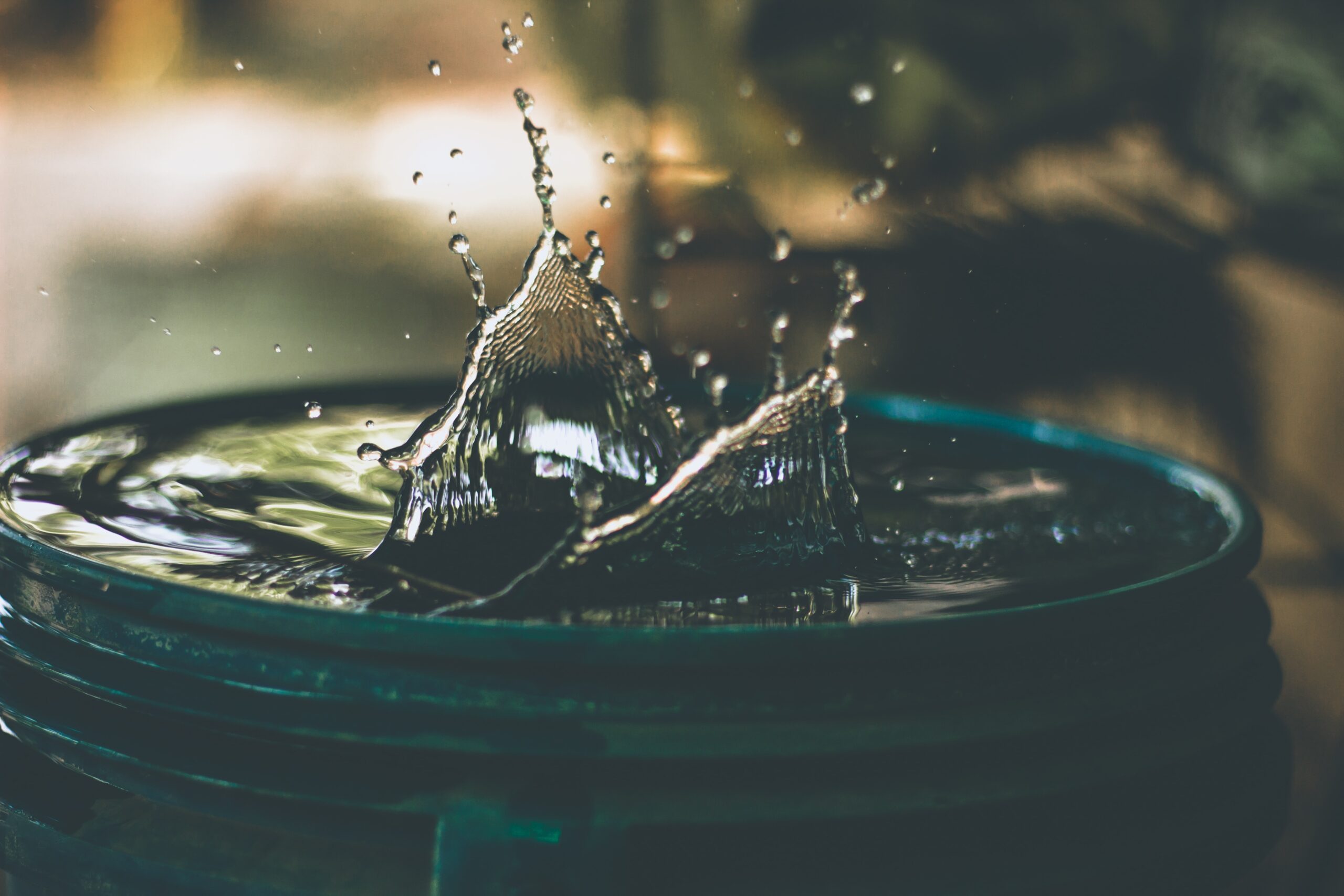
Catch Basins
Functionality
Catch basins are essential components of many drainage systems. They are designed to collect and filter water from surrounding surfaces, such as roads, parking lots, and driveways. Catch basins prevent debris and sediments from entering the drainage system and causing blockages. They also help to control the flow of water and prevent runoff from overwhelming the drainage system.
Installation Process
The installation process of a catch basin involves excavating a hole in the desired location. The catch basin is then placed in the hole and connected to a system of pipes that transport the collected water to a suitable discharge point. The catch basin is typically equipped with a grate or sediment basket to filter out debris and sediments.
Pros and Cons
Catch basins offer several benefits. They effectively collect and filter water, preventing blockages in the drainage system. They are durable and require minimal maintenance. Catch basins can also be easily cleaned and maintained, ensuring optimal functionality. However, the excavation required for installation can be labor-intensive, and professional assistance may be necessary.
Trench Drains
Functionality
Trench drains, also known as channel drains, are designed to efficiently manage surface water in areas with heavy foot traffic or where water accumulation is a concern. Trench drains consist of a long and narrow trench or channel with a grated or slotted cover. The drains are typically installed in areas such as sidewalks, driveways, and patios to collect and divert water away from these surfaces.
Installation Process
The installation process of a trench drain involves excavating a trench or channel in the desired location. The drain is then placed in the trench, ensuring proper slope for water flow. The trench is backfilled with a suitable material, such as gravel, to allow for water filtration. The grated or slotted cover is then securely attached to the drain, providing a surface for water runoff.
Pros and Cons
Trench drains offer several advantages. They effectively prevent water runoff and reduce the risk of slips and falls. They are durable and can withstand heavy foot traffic. Trench drains are also relatively easy to clean and maintain. However, the installation of trench drains can be labor-intensive, especially if extensive excavation is required. Professional assistance may be necessary for proper installation.

Grated vs Ungrated Drains
Effectiveness
Both grated and ungrated drains have their own advantages and considerations in terms of effectiveness. Grated drains with a cover provide a surface for water to flow through while preventing larger debris from entering the drain. This makes them suitable for areas where debris accumulation is a concern. On the other hand, ungrated drains allow for maximum water flow and are effective in areas with minimal debris. They are commonly used in locations where aesthetics are a priority.
Aesthetics
The choice between grated and ungrated drains can also be influenced by aesthetics. Grated drains with decorative covers offer a more visually appealing option, as the covers can be chosen to blend with the surrounding landscape or structures. Ungrated drains, on the other hand, provide a more minimalistic and inconspicuous appearance.
Maintenance
Maintenance requirements can differ between grated and ungrated drains. Grated drains may require more frequent cleaning and maintenance to remove debris and prevent blockages. Ungrated drains, on the other hand, may require less frequent maintenance but may be more susceptible to clogging with smaller debris entering the drain.
Localized Drainage Solutions
Rain Gardens
Rain gardens are natural or man-made depressions in the landscape that are designed to collect and absorb rainwater. They are typically planted with native vegetation and are strategically located to capture and filter runoff. Rain gardens help to reduce erosion, enhance water quality, and provide habitat for wildlife. They are an effective and aesthetically pleasing solution for managing surface water.
Dry Wells
Dry wells are underground structures that collect and store excess water from surface drainage systems. They consist of a large pit or a series of interconnected pits that are filled with gravel or crushed stone. The water collected in the dry well gradually permeates into the surrounding soil, preventing water accumulation and reducing the strain on the drainage system. Dry wells are commonly used in areas with high water tables or where other drainage solutions are not feasible.
Swales
Swales are shallow, vegetated channels that are designed to collect and direct surface water. They are commonly used in residential and commercial landscapes to manage runoff from roofs, driveways, and other impermeable surfaces. Swales slow down the flow of water, allowing it to infiltrate into the ground and prevent erosion. They also help to filter out pollutants and improve water quality.
Determining the Best Drain for Your Needs
Choosing the best drain for your needs requires considering various factors specific to your situation. By assessing the following aspects, you can make an informed decision and select the most suitable drainage solution.
Assessing Water Volume
Start by evaluating the volume of water that needs to be drained. Consider the average rainfall in your area, as well as the size and slope of the surface area that requires drainage. It is crucial to choose a drain with a capacity that can handle the anticipated water flow without becoming overwhelmed.
Evaluating Soil Type
The type of soil in your landscape can impact drainage effectiveness. Some soil types, such as clay, retain water and can lead to water accumulation. Other soil types, such as sandy soil, allow water to quickly drain through. Understanding the soil characteristics in your area can help you select the appropriate drainage solution that complements the soil’s natural drainage capabilities.
Considering Landscape Features
Take into account any unique landscape features that may influence surface water flow. For example, if your property has natural depressions or low-lying areas, you may need a drainage solution that effectively manages water in those specific locations. Additionally, consider any existing structures, trees, or landscaping elements that may affect the installation or functionality of the drain.
Other Considerations
In addition to the factors mentioned above, there are a few other considerations to keep in mind when selecting a drain for surface water.
Water Quality
If water quality is a concern, it is important to choose a drain that includes filtration or treatment capabilities. Catch basins, for example, are designed to filter out debris and sediments, improving water quality as it flows through the drainage system. Considering water quality can help you ensure not only proper drainage but also the protection of local water sources.
Climate Factors
Climate factors, such as temperature fluctuations and freeze-thaw cycles, can impact the performance and durability of drains. It is important to choose a drain that is suitable for the specific climate conditions in your area. Some drains may require additional insulation or reinforcement to withstand extreme temperatures or frequent freeze-thaw cycles.
Choosing the best drain for surface water requires careful consideration of various factors. By assessing your specific needs, evaluating different drain types, and considering the installation process, functionality, and maintenance requirements, you can make an informed decision and select the drain that will effectively manage surface water on your property. Remember to also consider factors such as water quality and climate conditions to ensure the longevity and effectiveness of your chosen drainage solution.

